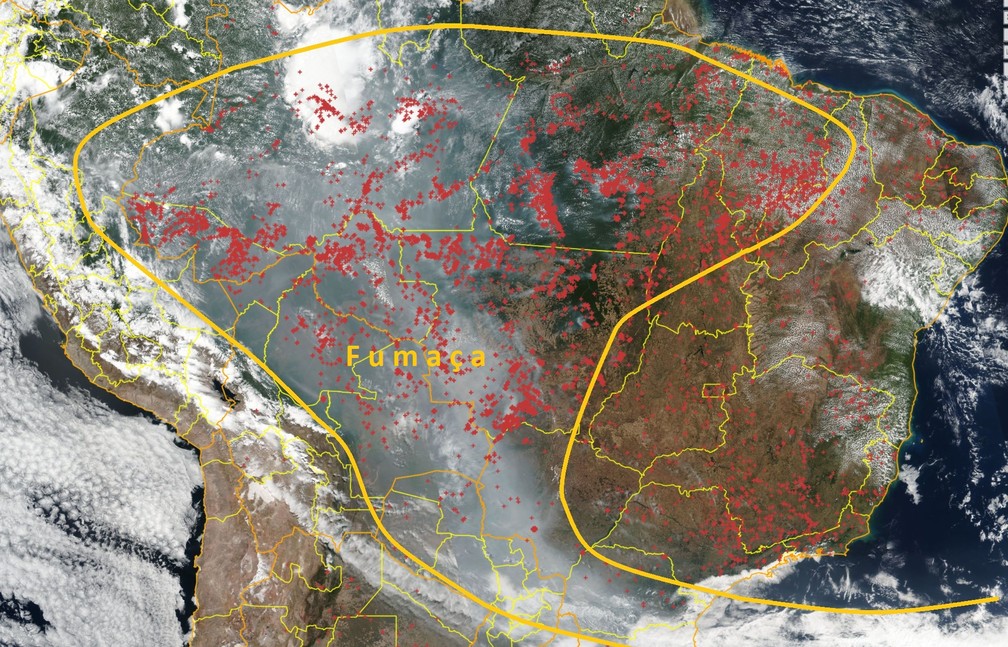The Pantanal is currently on fire in Brazil and yet this doesn’t make the headlines. I don’t mean to say it is more or less important than current fires on the US west coast or the Australian fires last year, but this might be an consequence of climate change. A thread 1/n 

The Pantanal is the world's largest tropical wetland area or the world's largest flooded grassland. This is due to its position in relation to the Andes and the South American Low-Level Jet that channels moisture from the Amazon to this region. 2/n 

The Pantanal is strongly dependent on the moisture and rainfall from the Amazon. It is worth noting that 40-50% of the cloud condensation nuclei are by-products of the Amazon forest. So, deforestation of the Amazon can and will exacerbate the droughts in the Pantanal. 3/n
In spite of being the world's largest flooded grassland, the Pantanal is literally on fire this year. This is due to the combined effect of a severe drought that already lasted 2 years, manmade fires and total inaction from the government. 4/n
The Pantanal is home to an extraordinary biodiversity with more than 600 bird species, 300 fish species, 236 mammalian species, 141 reptile and amphibian species, and more than 3500 plant species. We are now seeing awful images of them being burnt, including jaguars… 5/n 

So I would ask you to take notice of this and to put as much international pressure as you can on the Brazilian government by helping us to identify products linked to illegal deforestation… some discussion can be found here bit.ly/2RdBg8s ... end
This is a satellite image from 08 Sep 2020 showing the smoke being carried by the South American Low-Level Jet to southern Brazil affecting air quality as well. 

• • •
Missing some Tweet in this thread? You can try to
force a refresh







